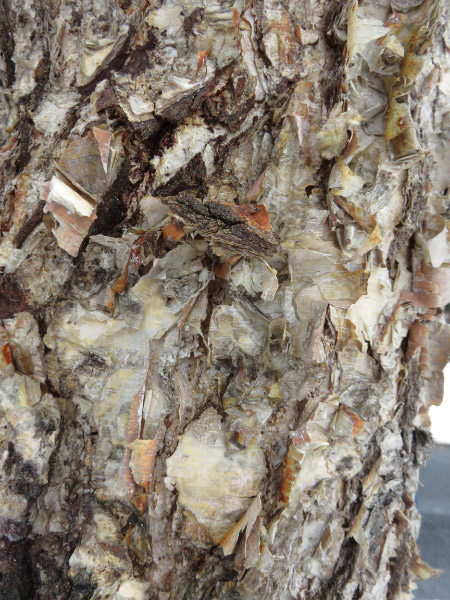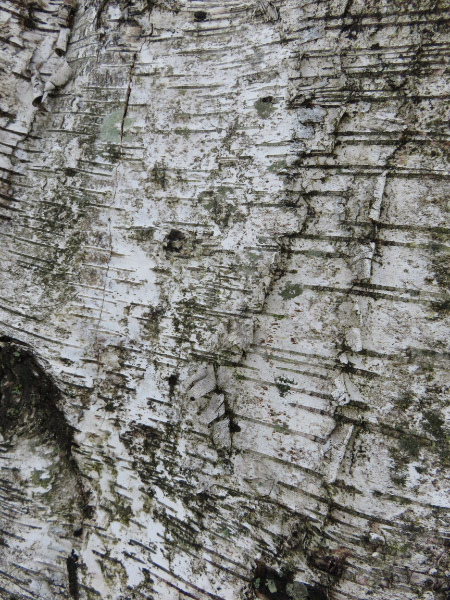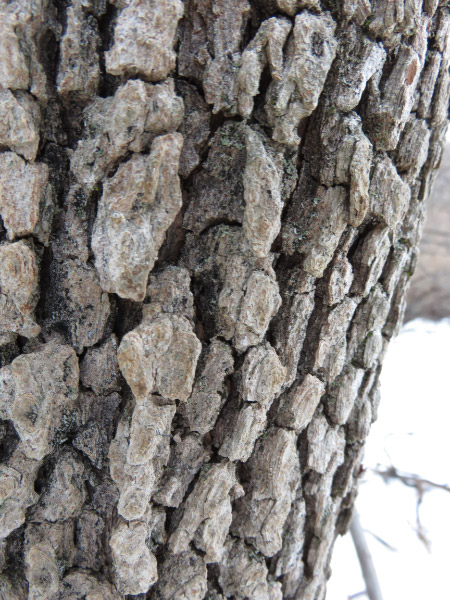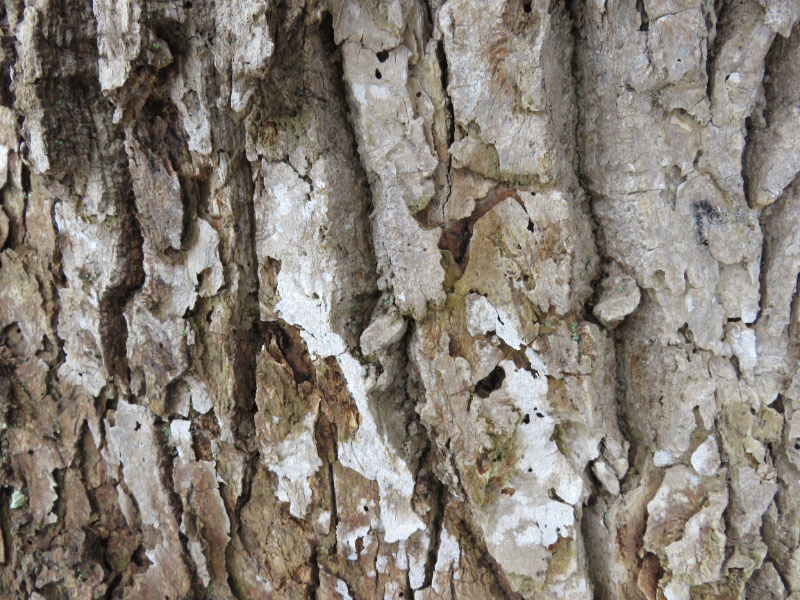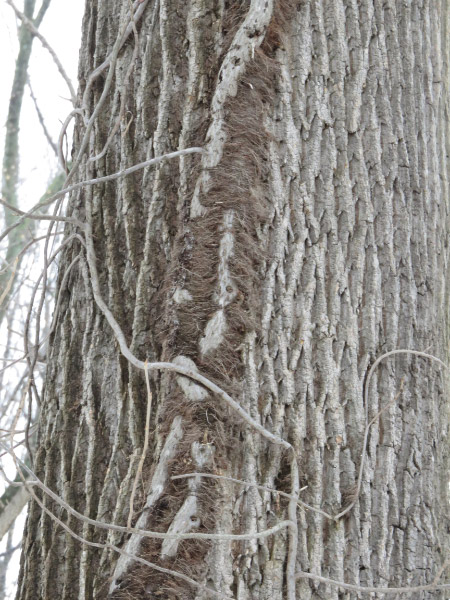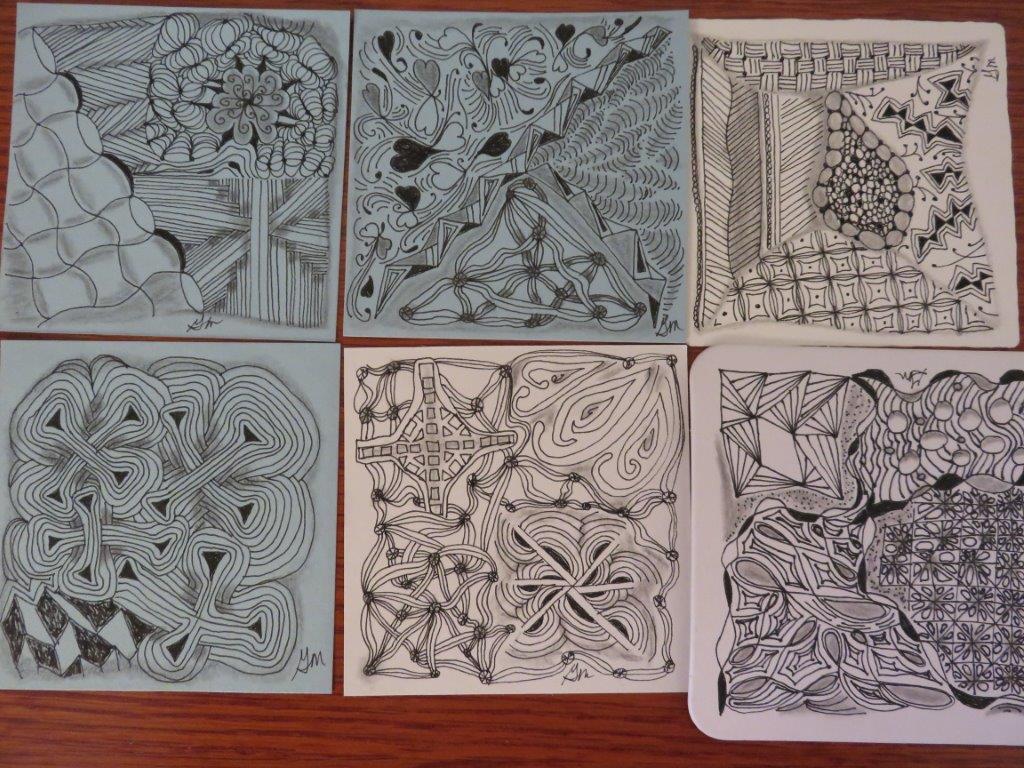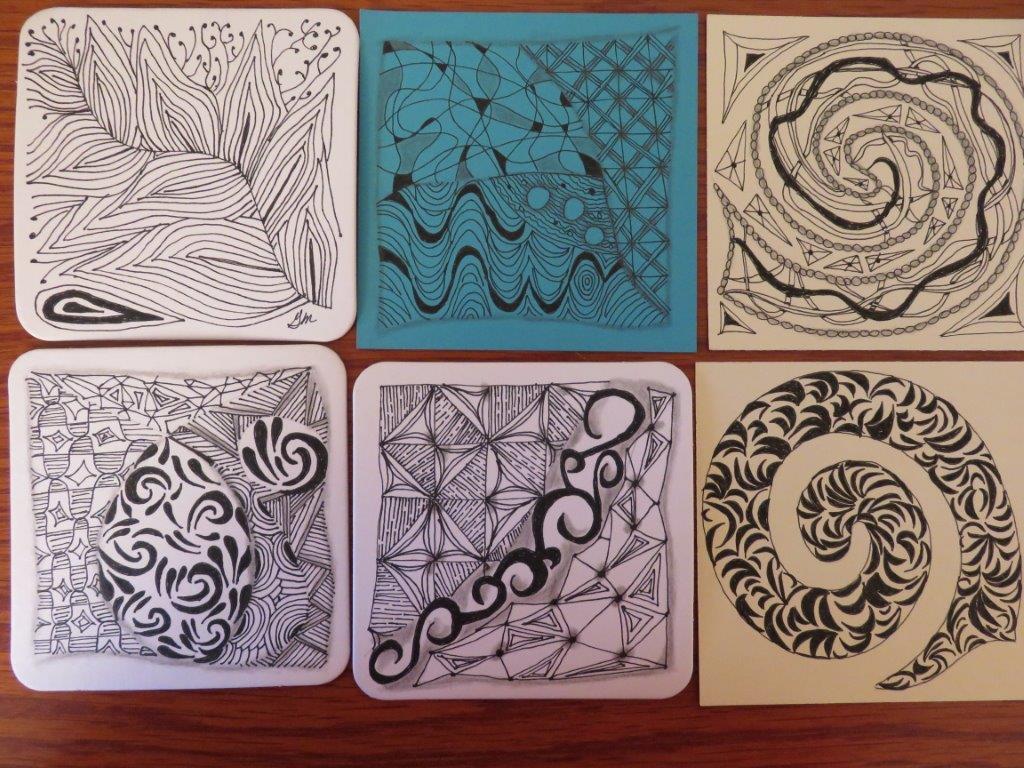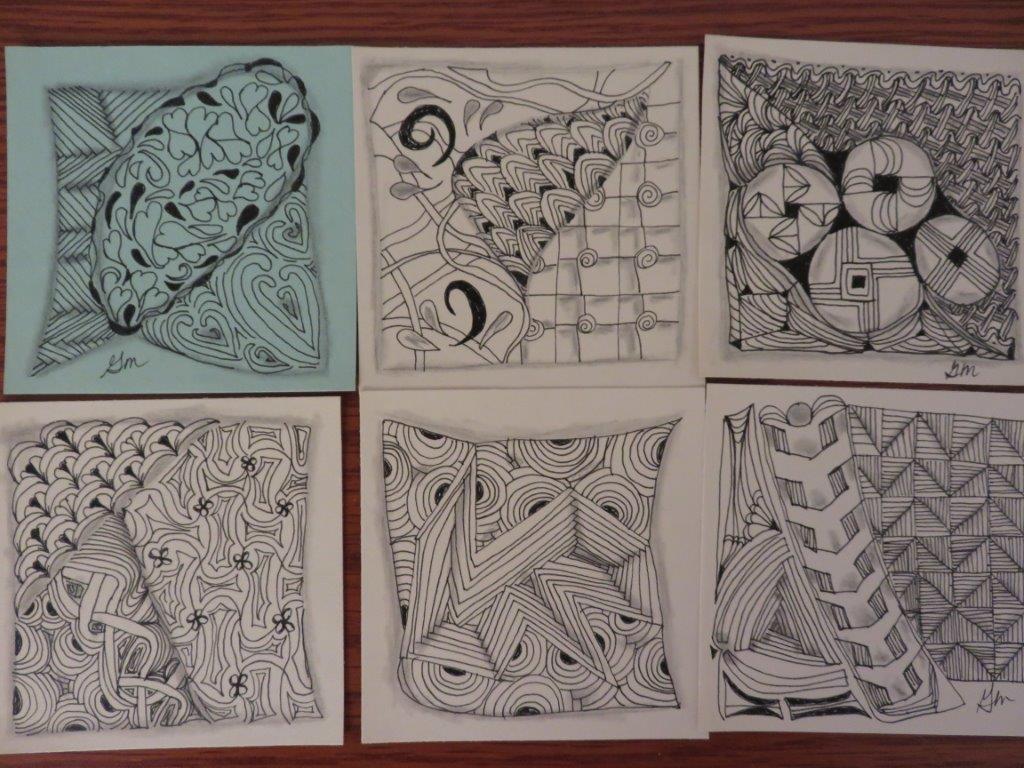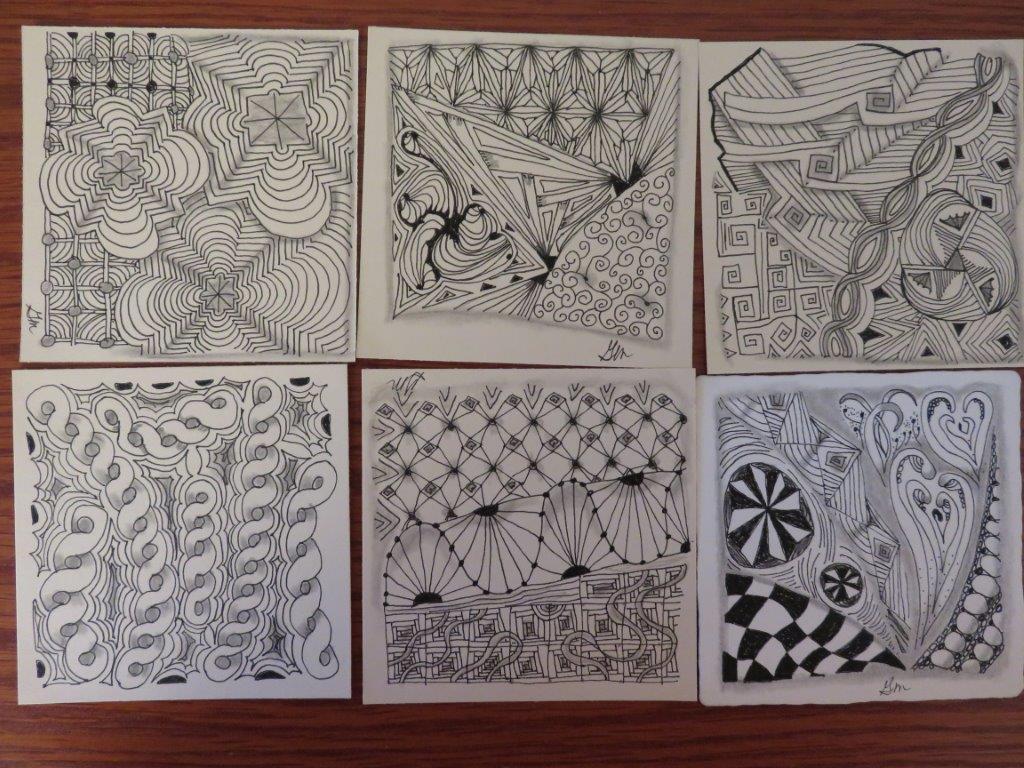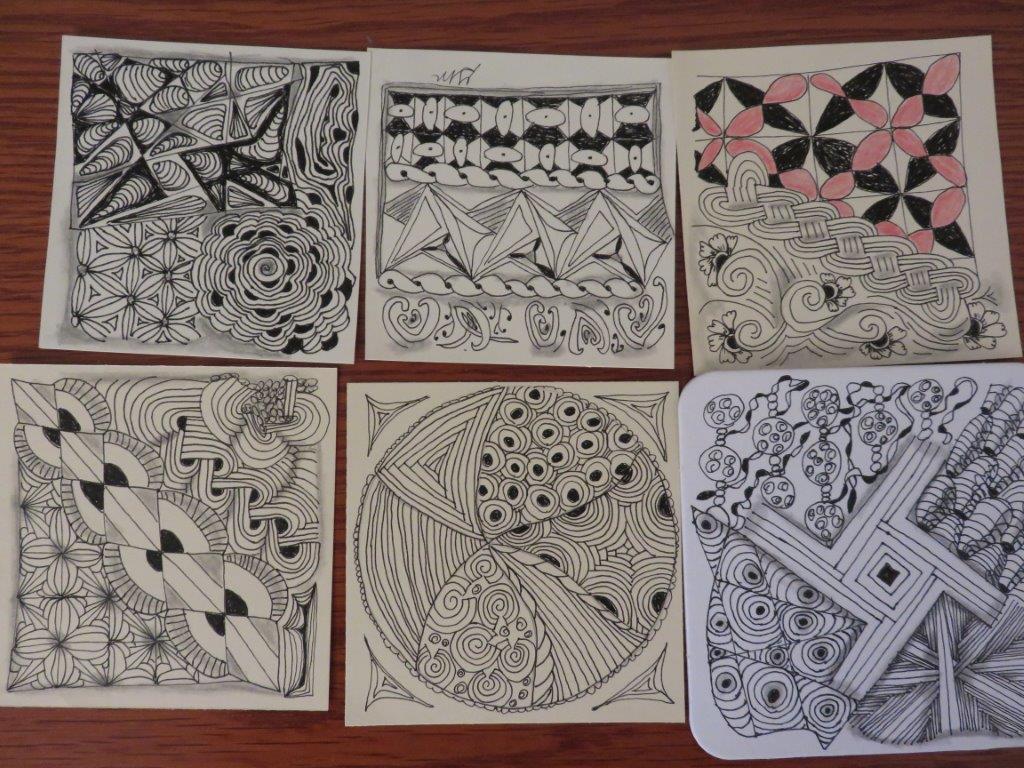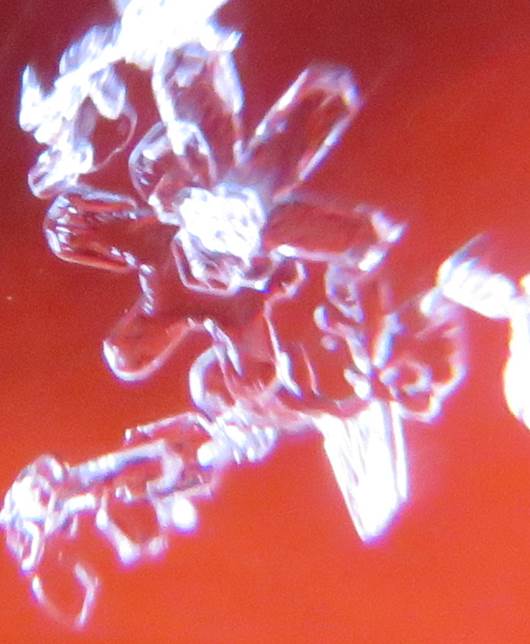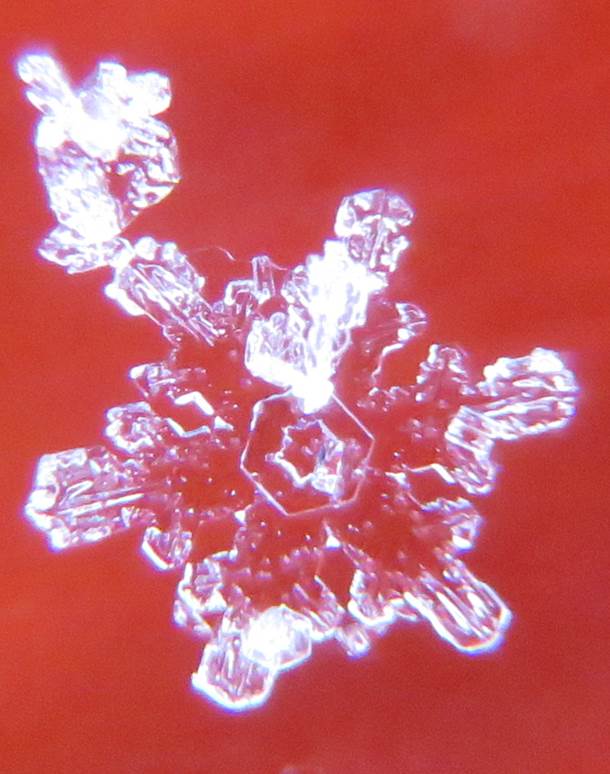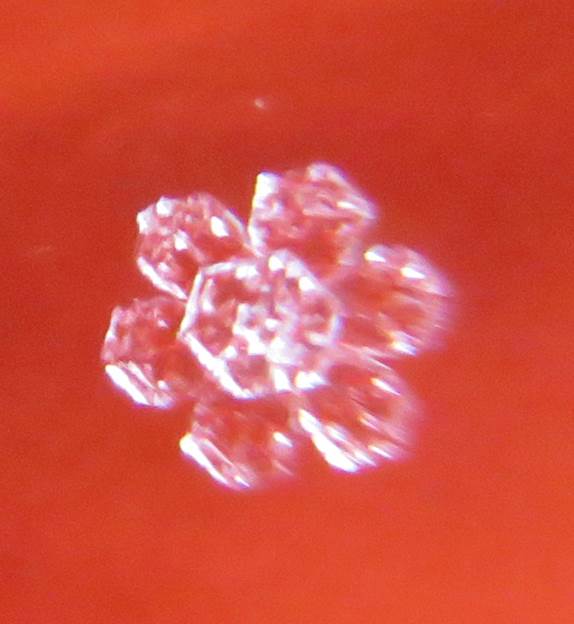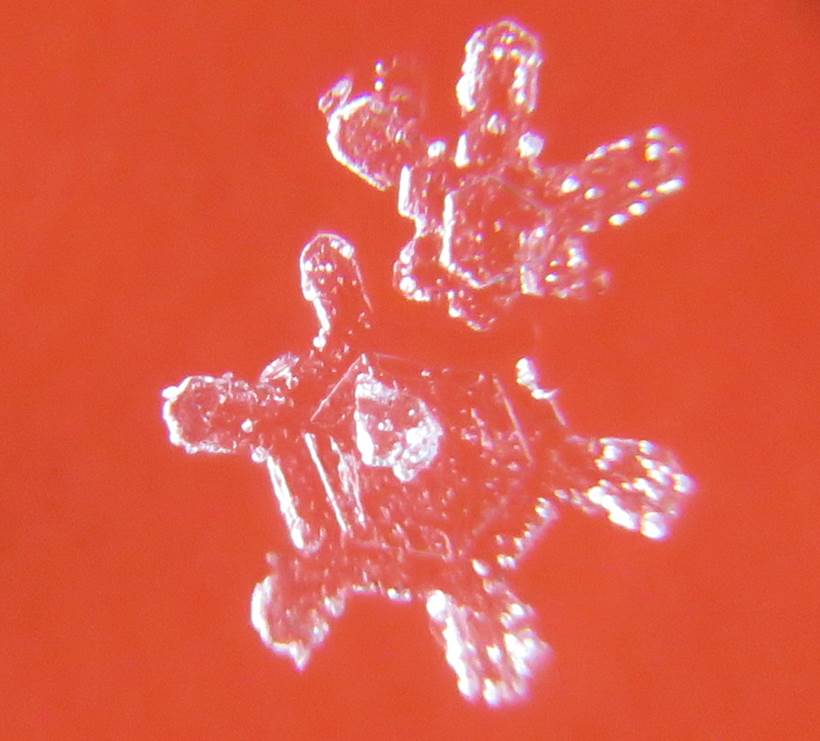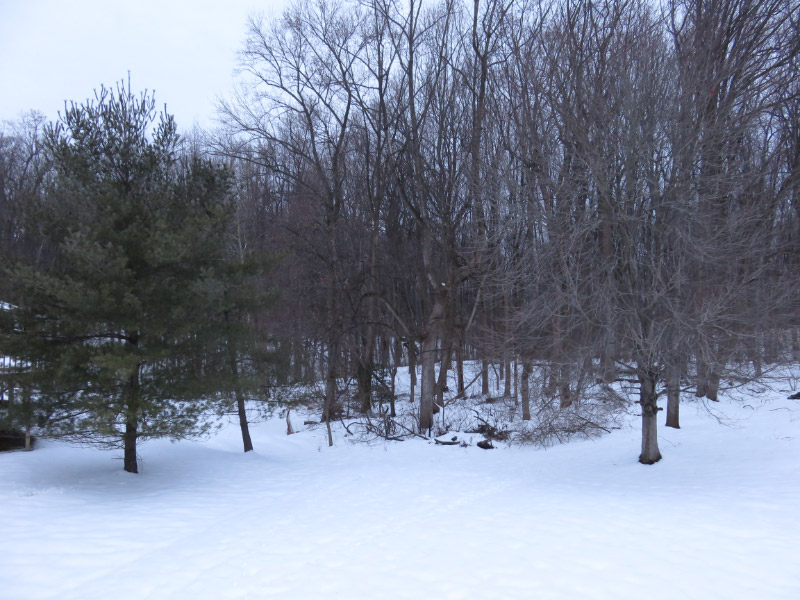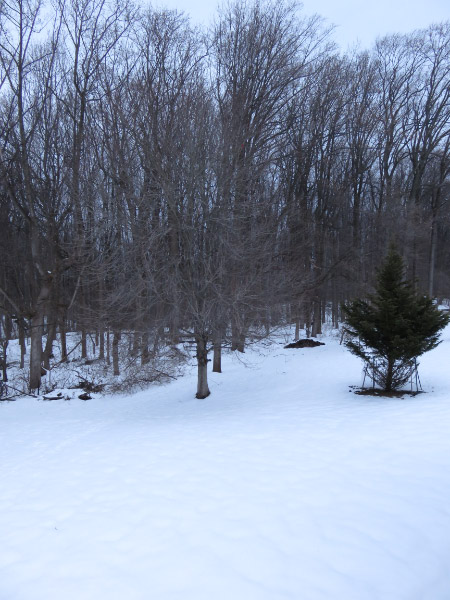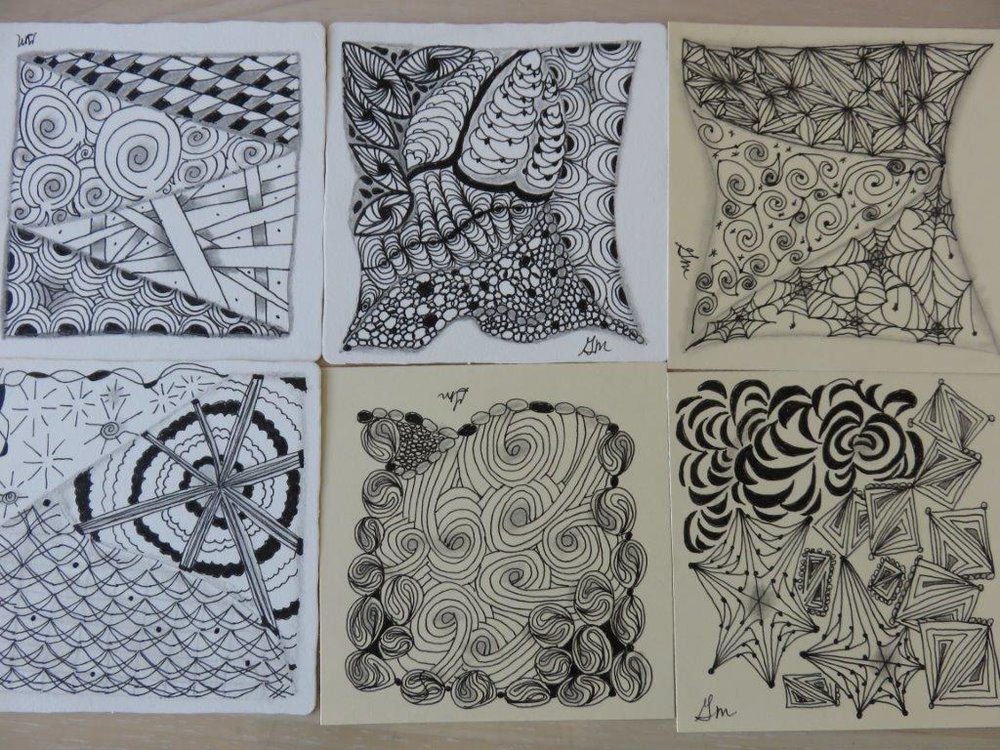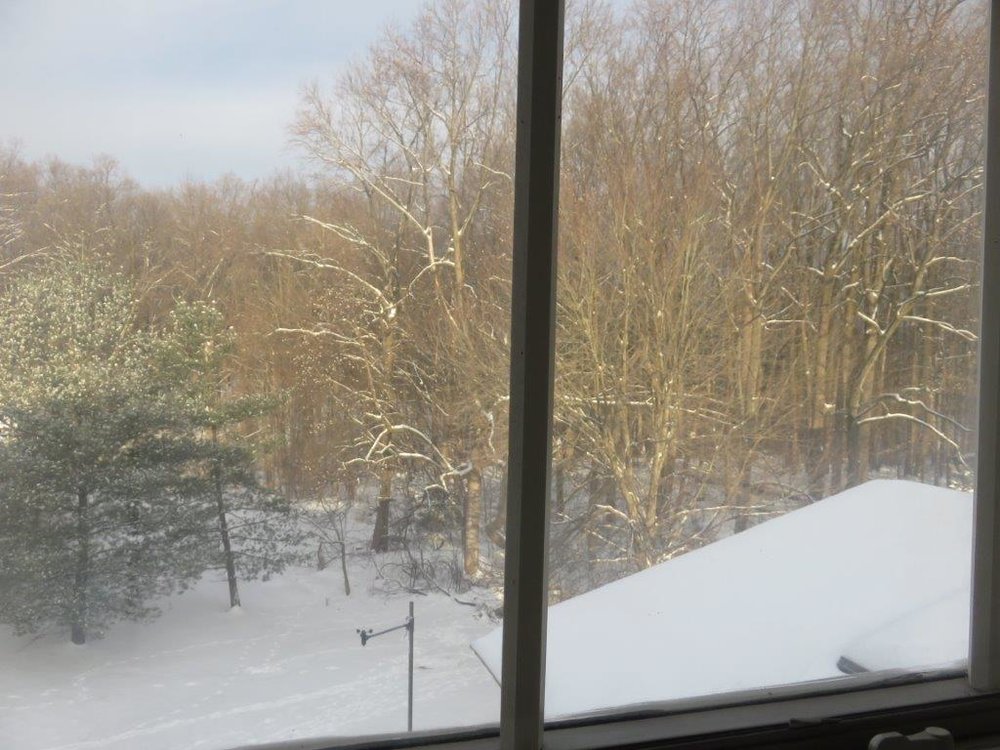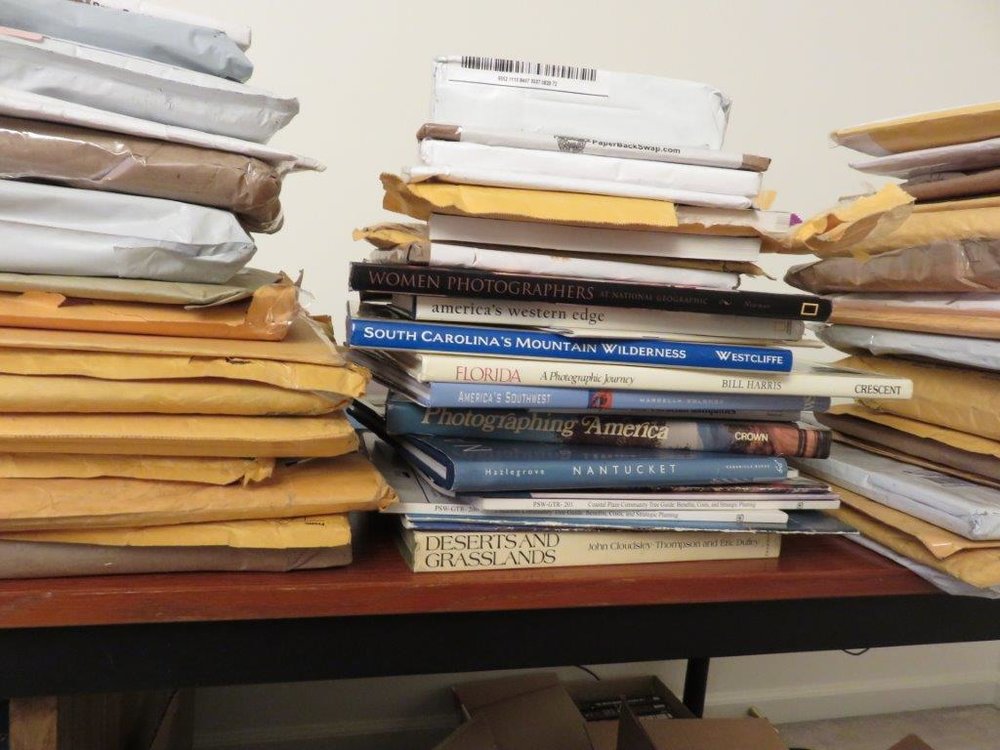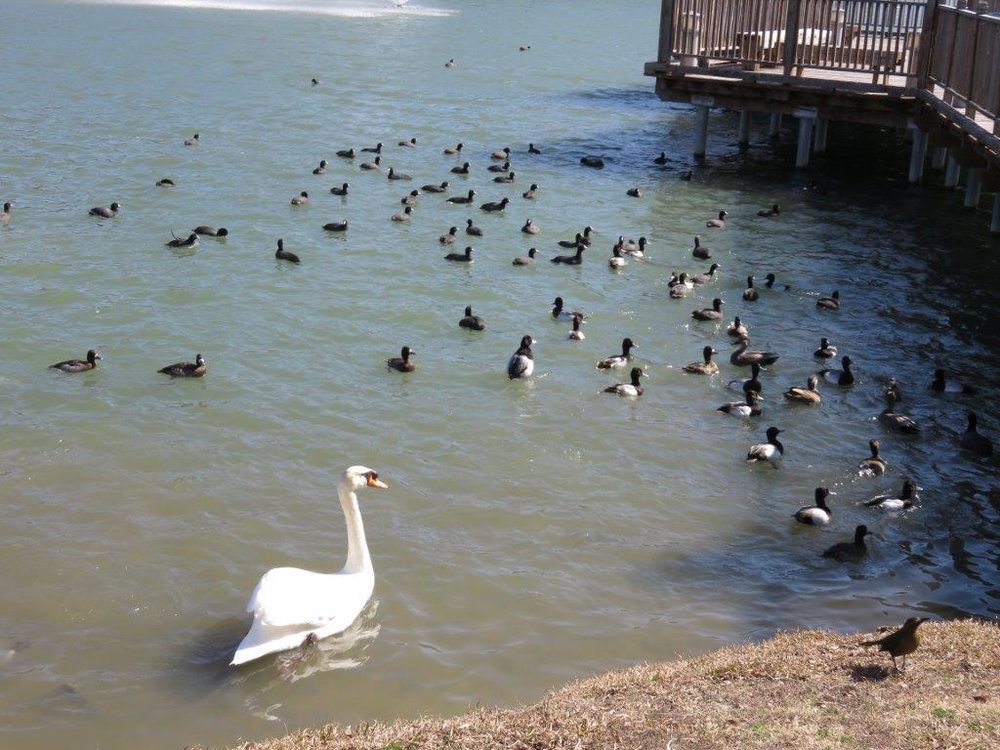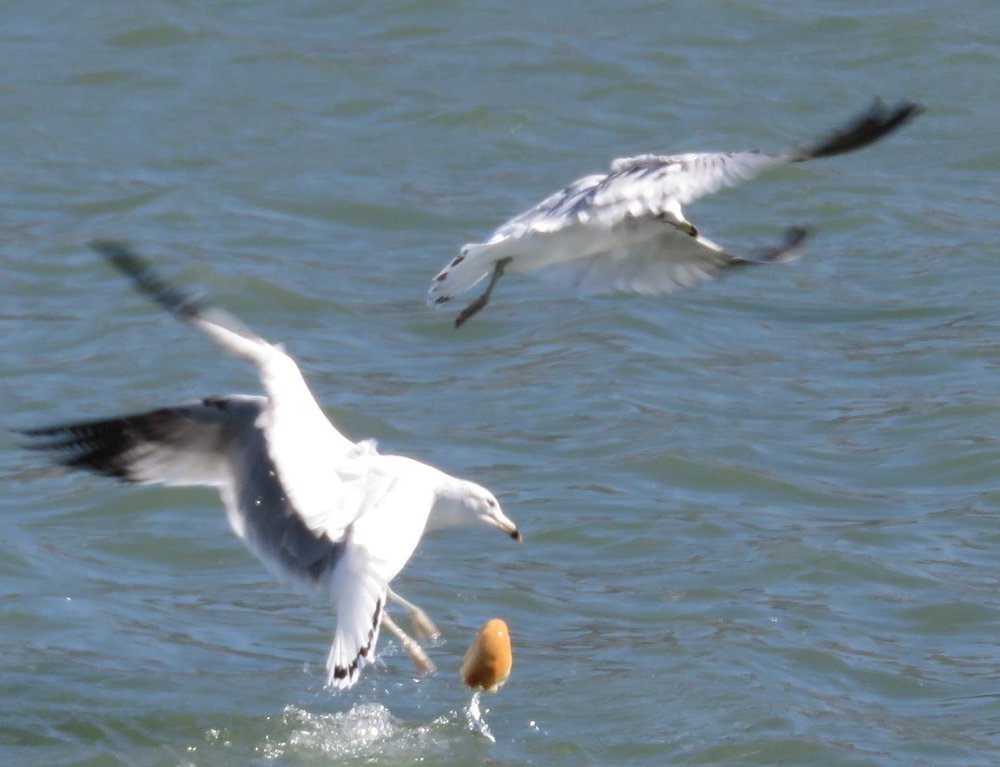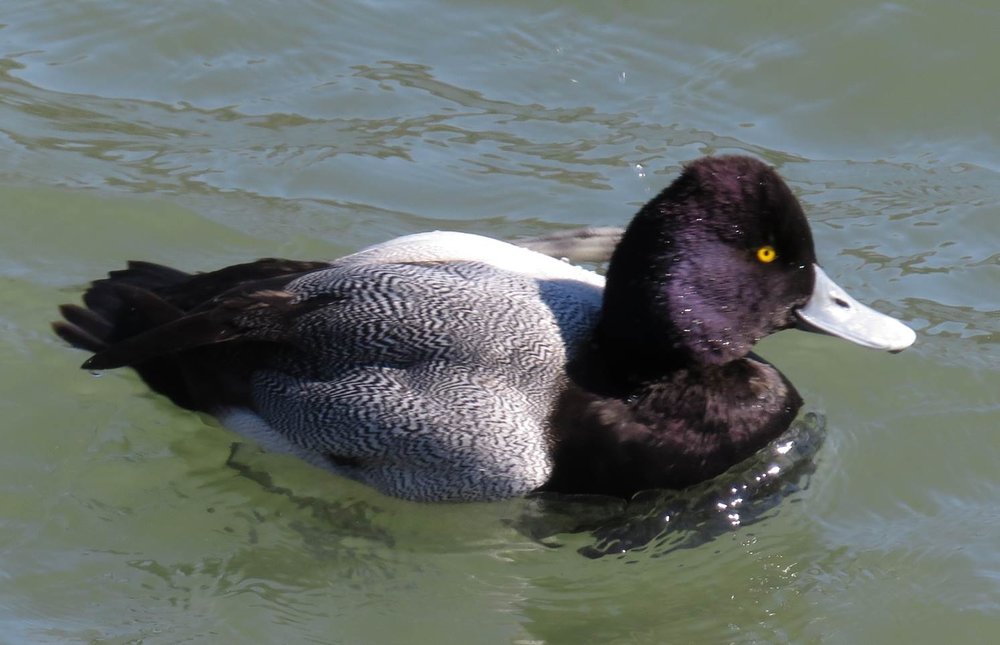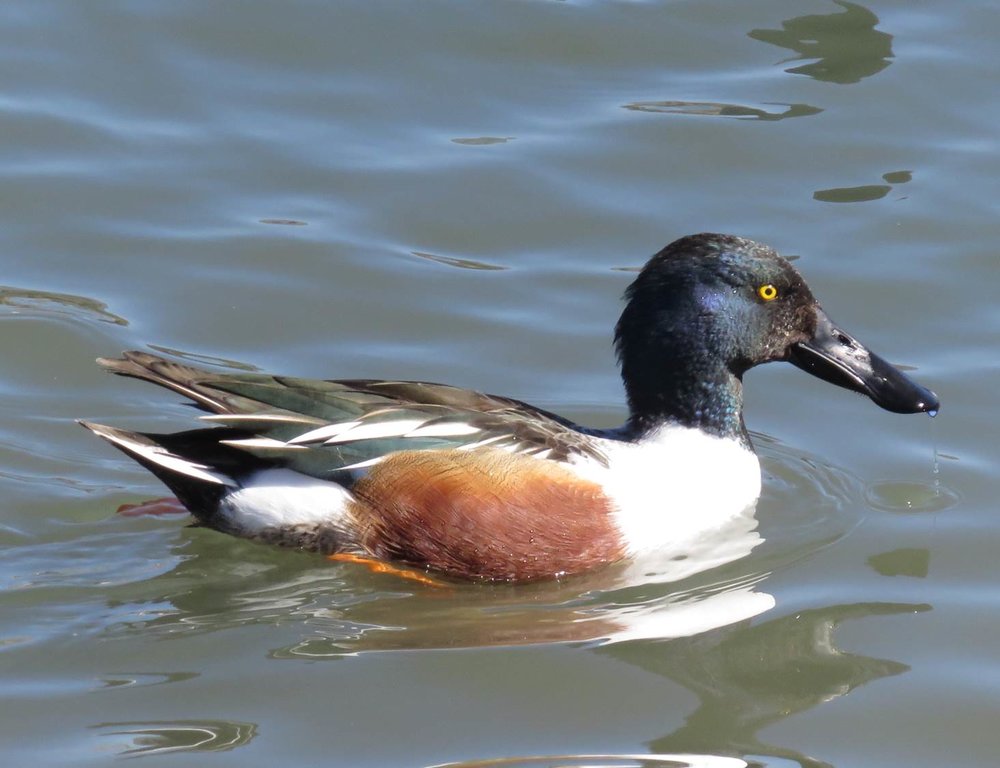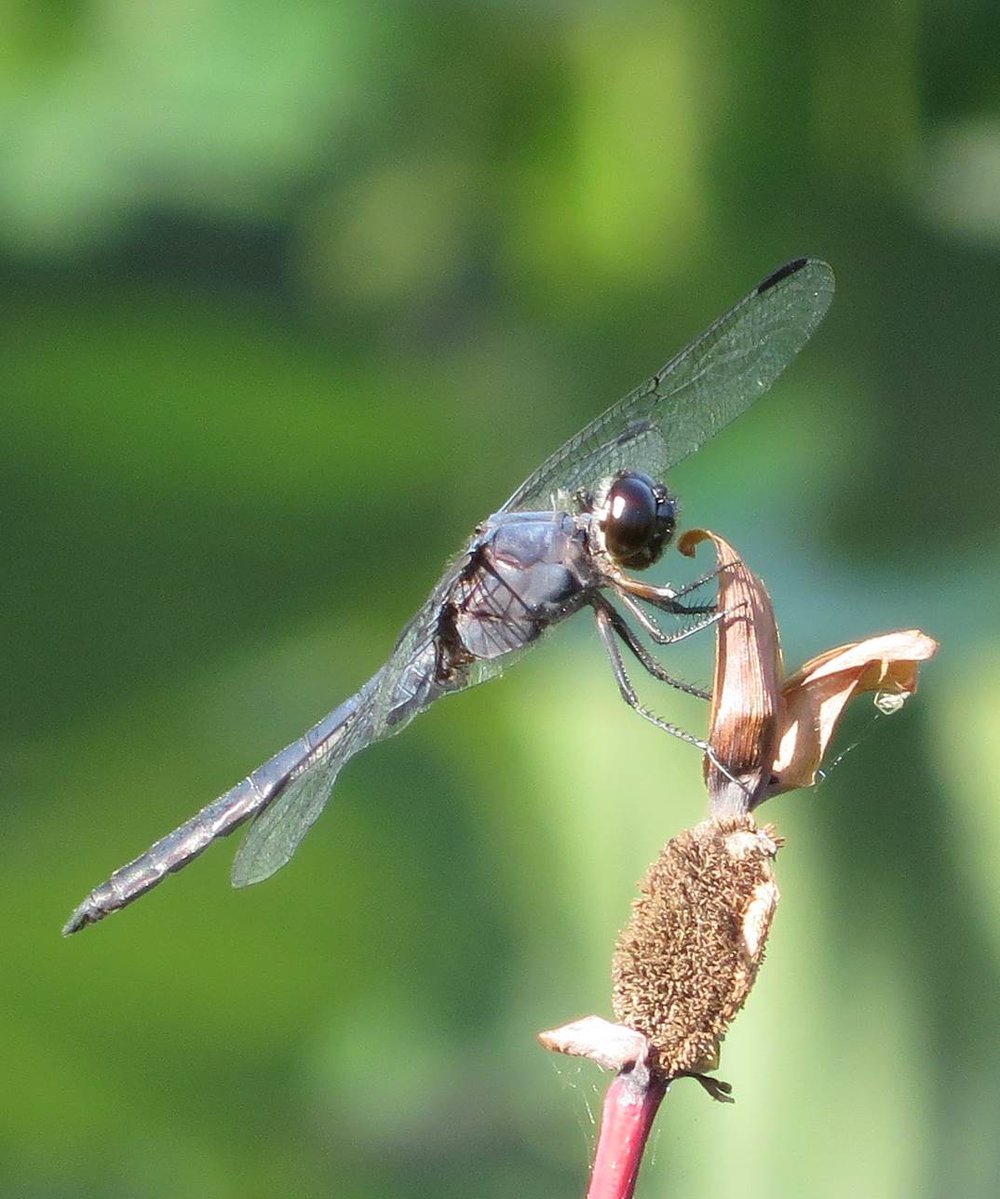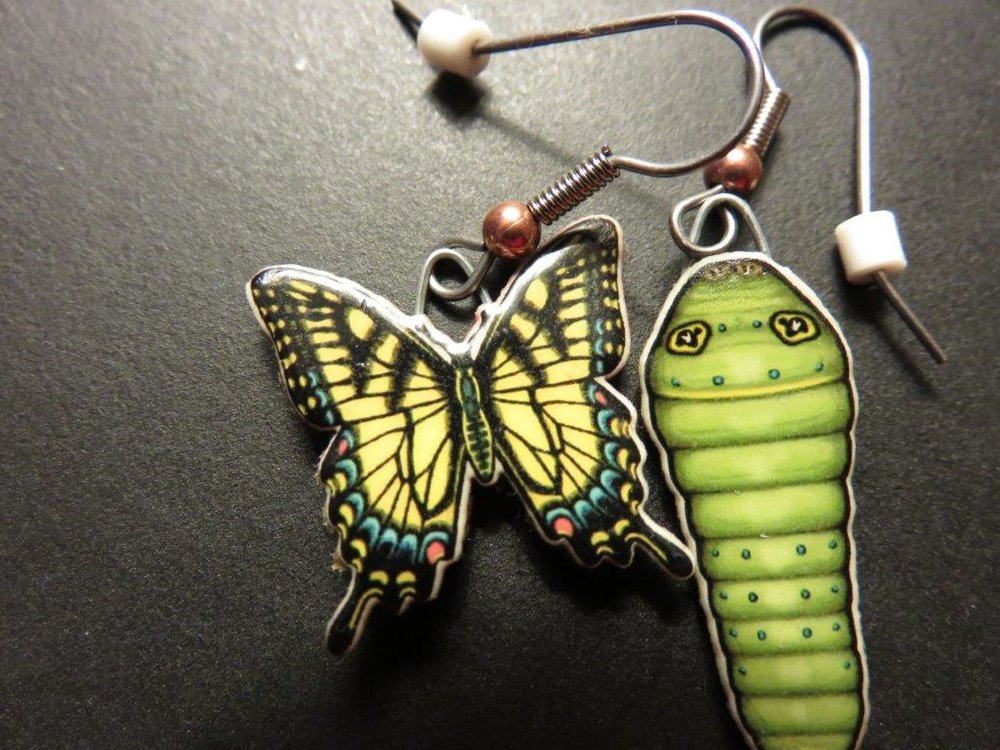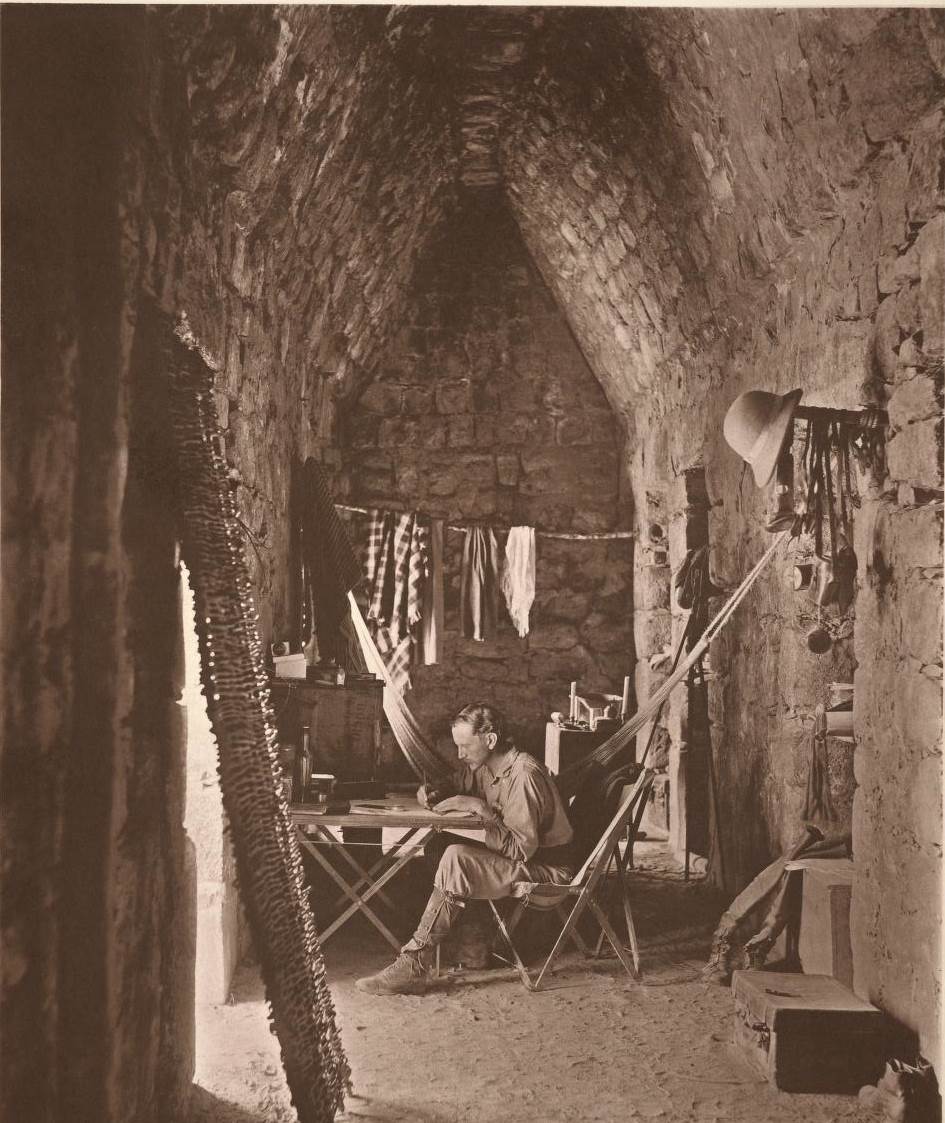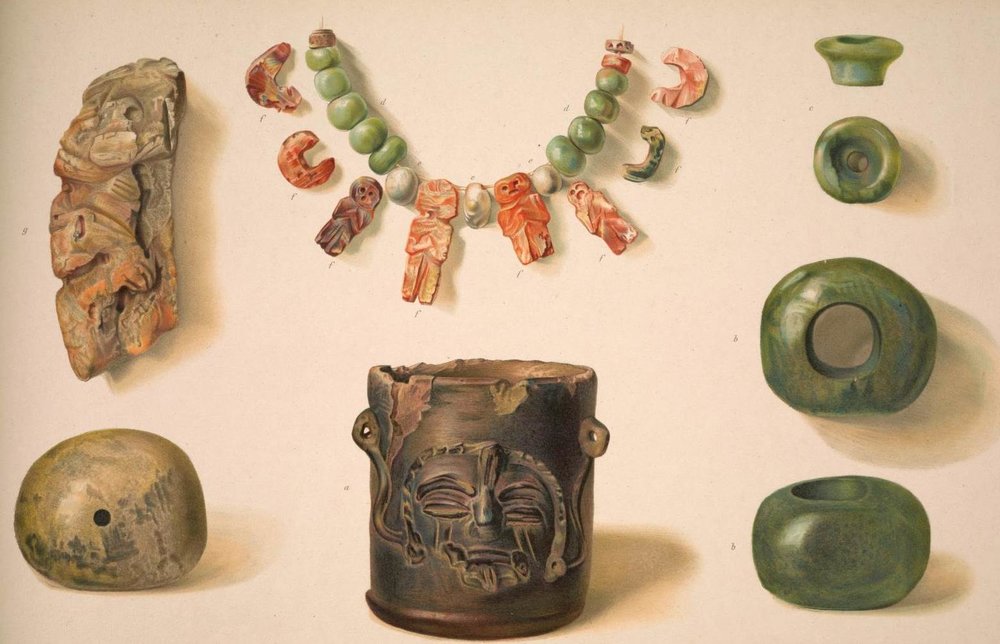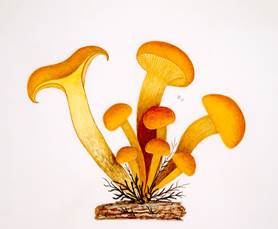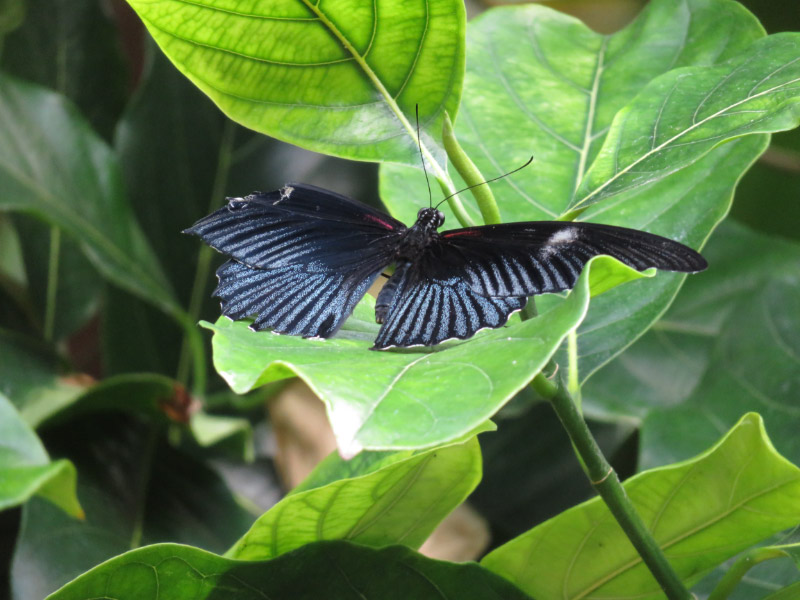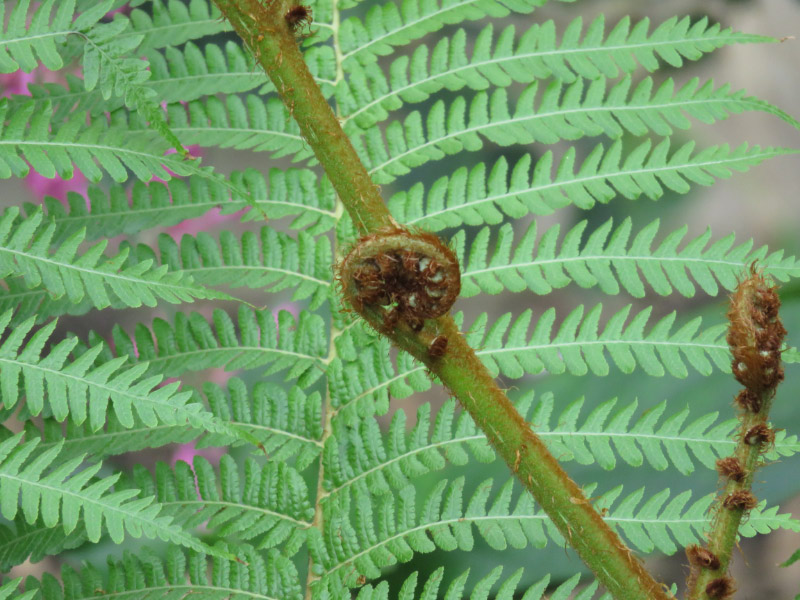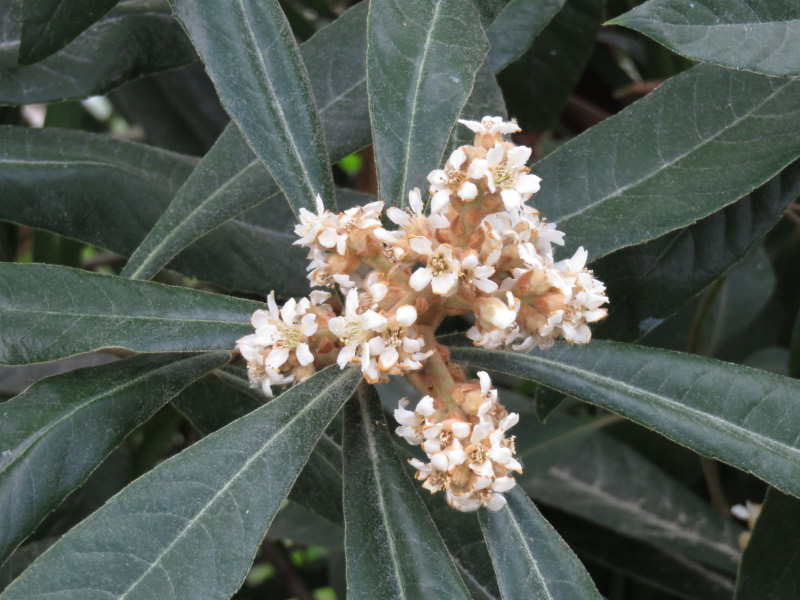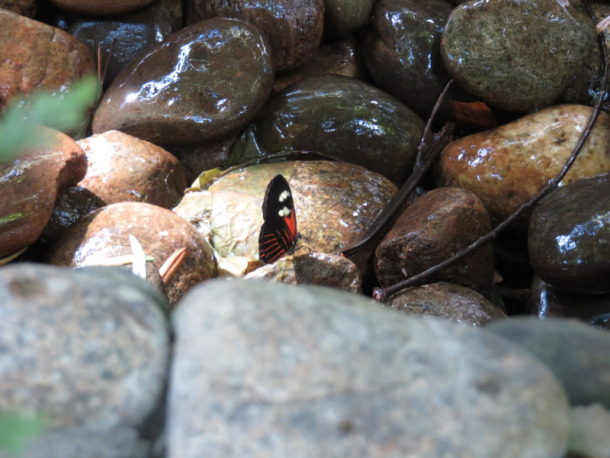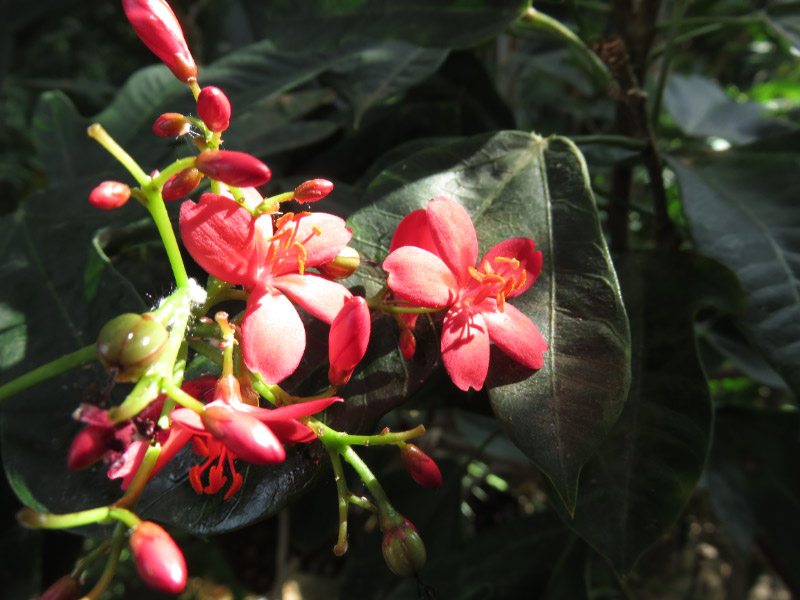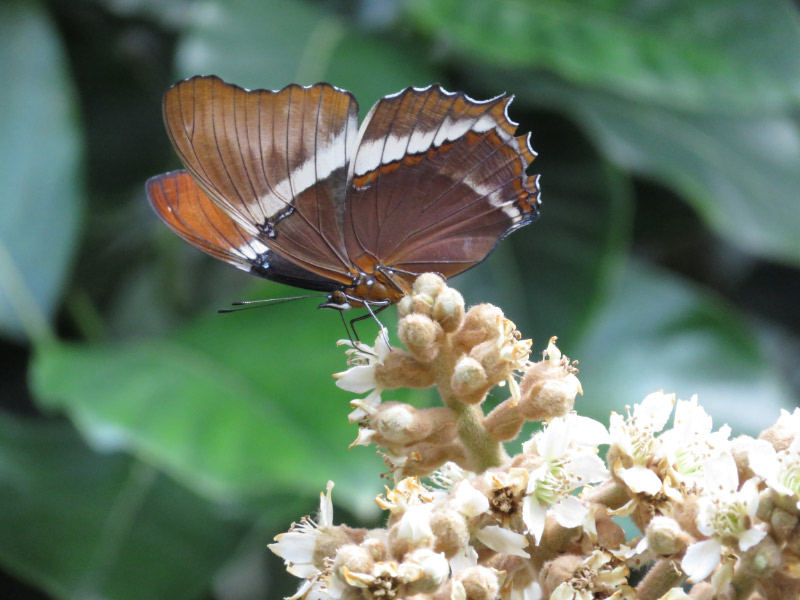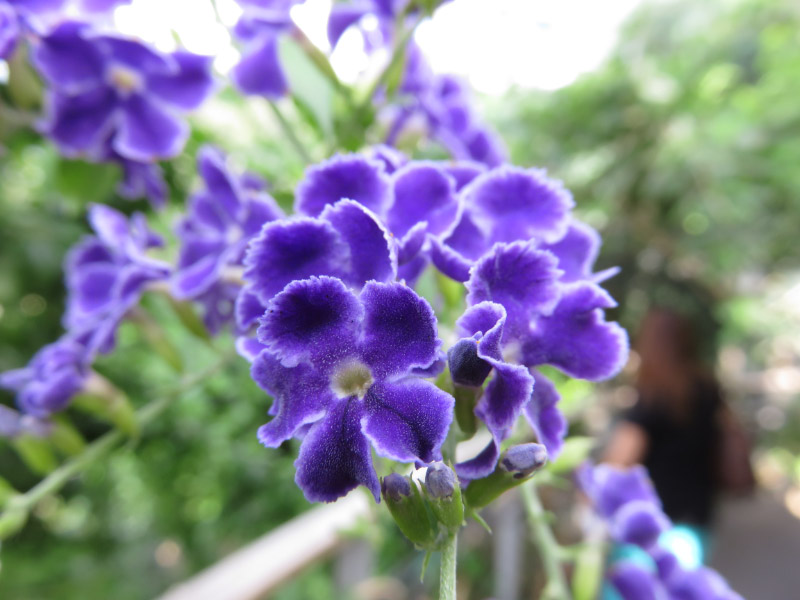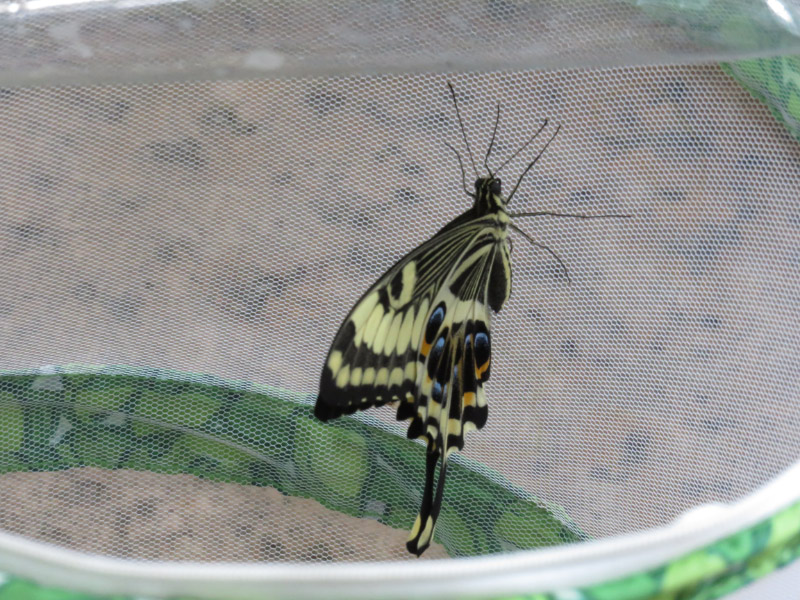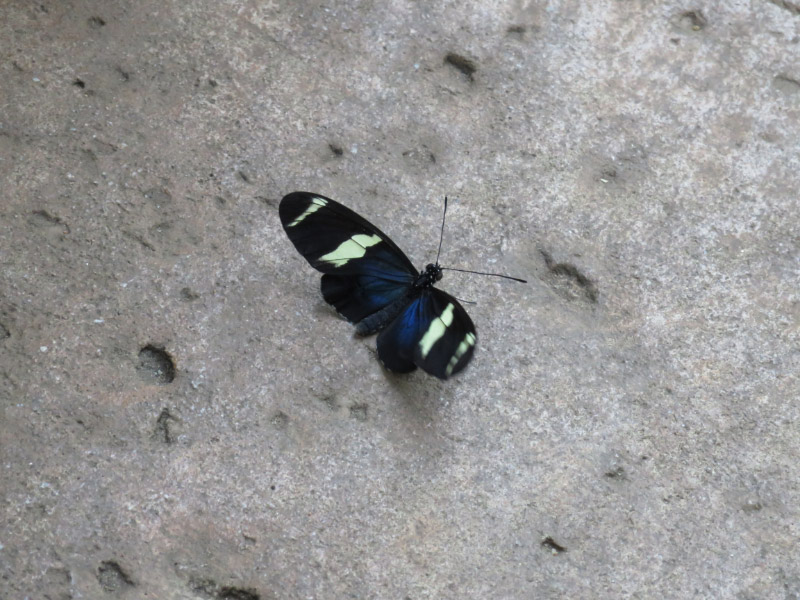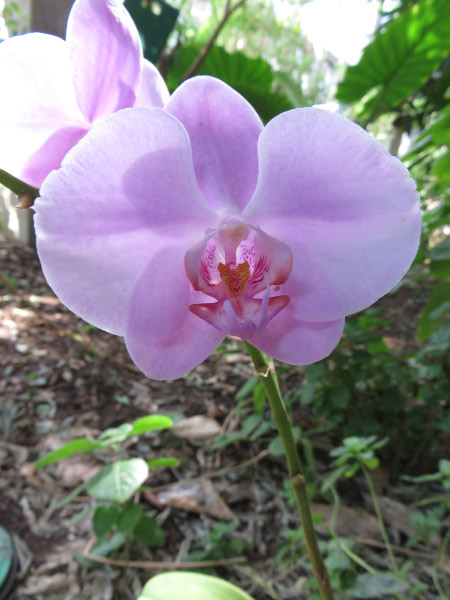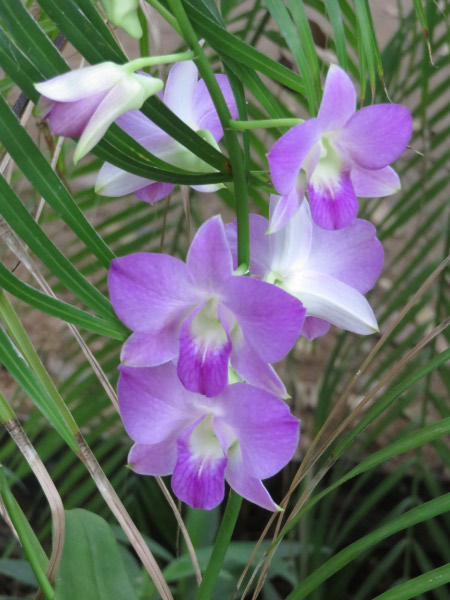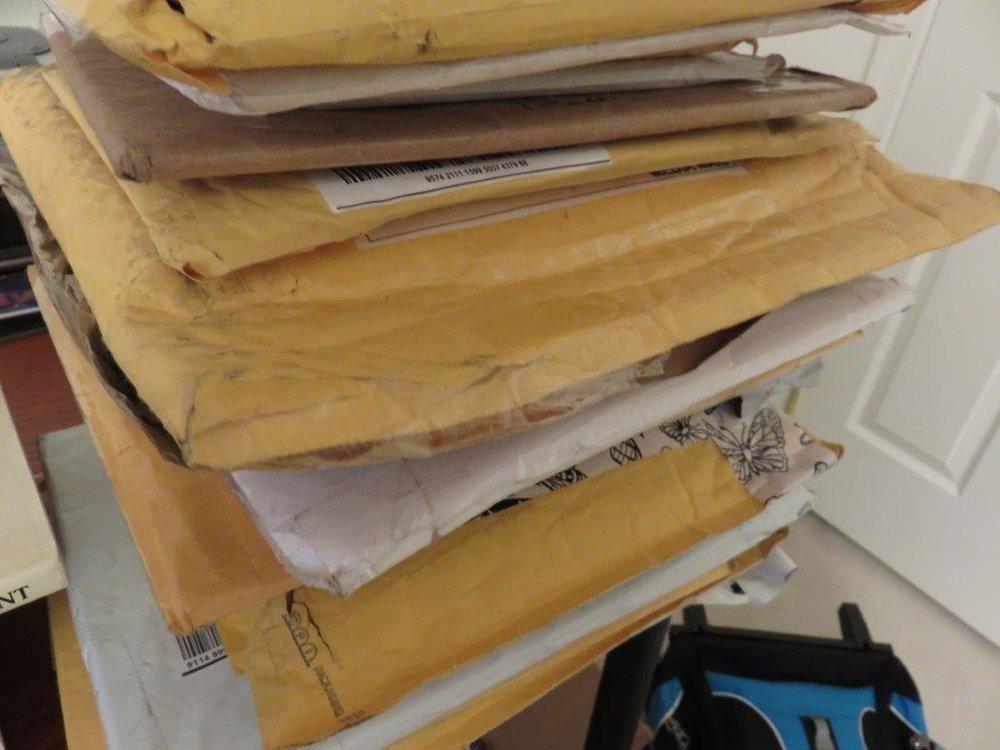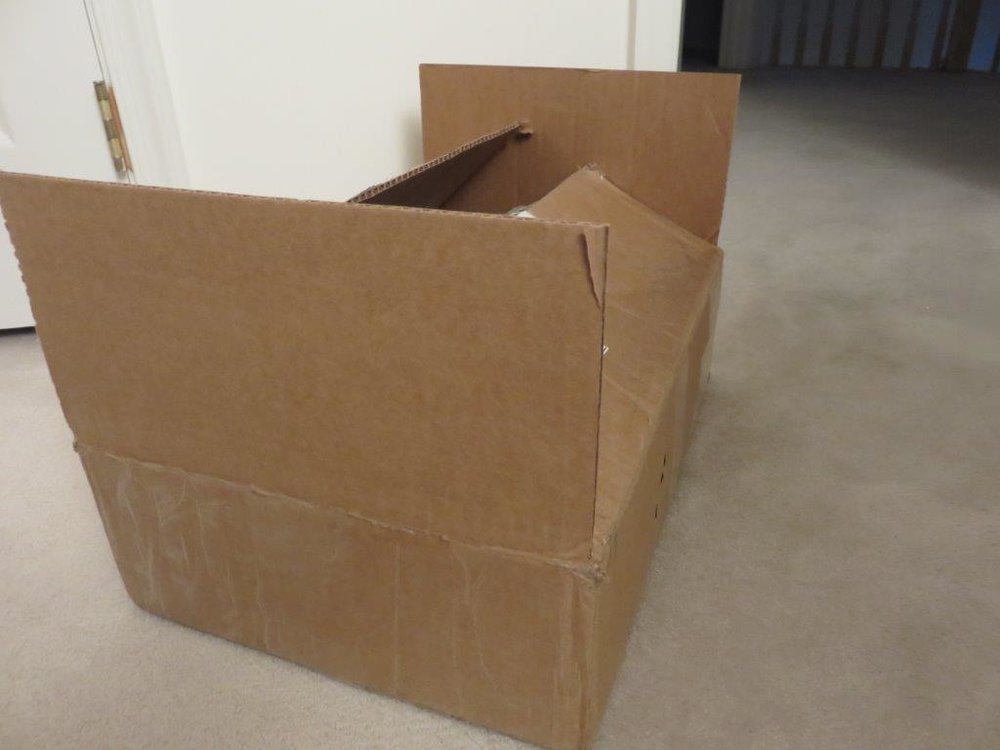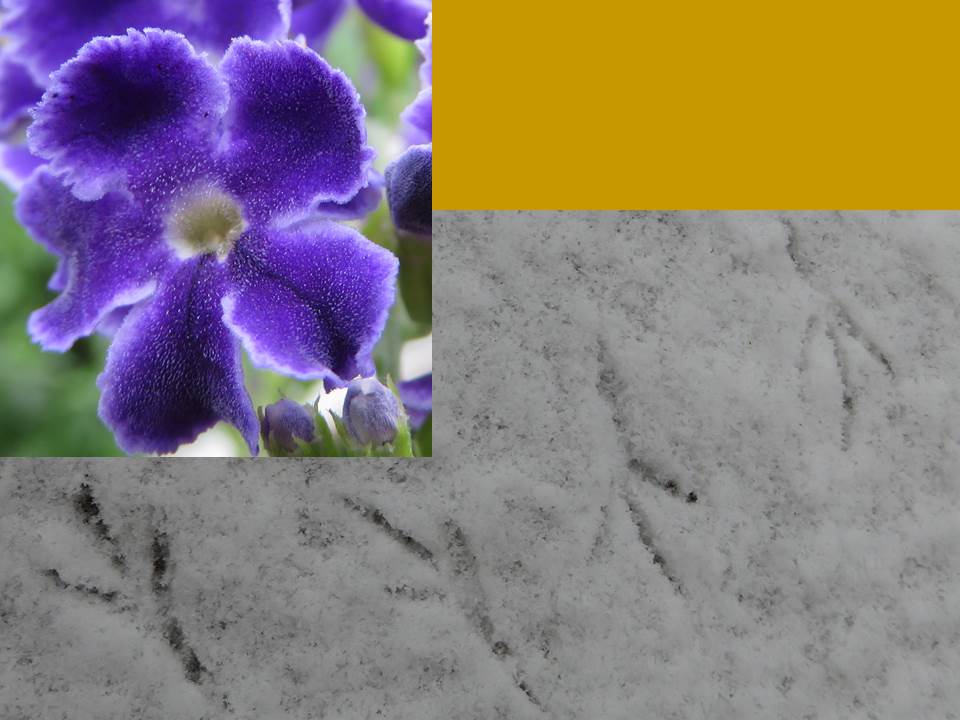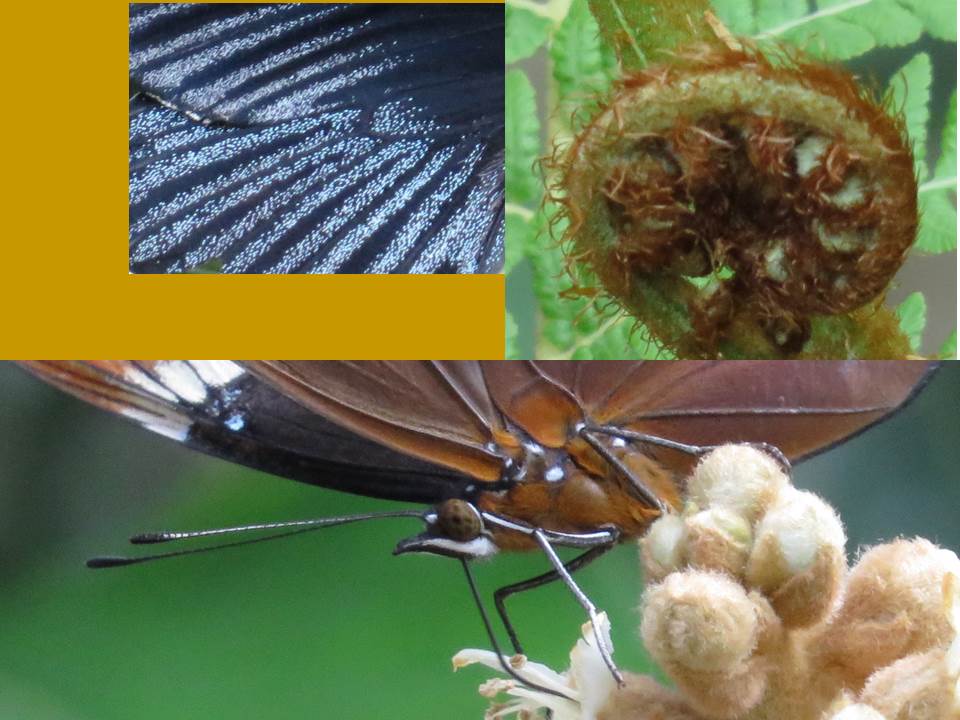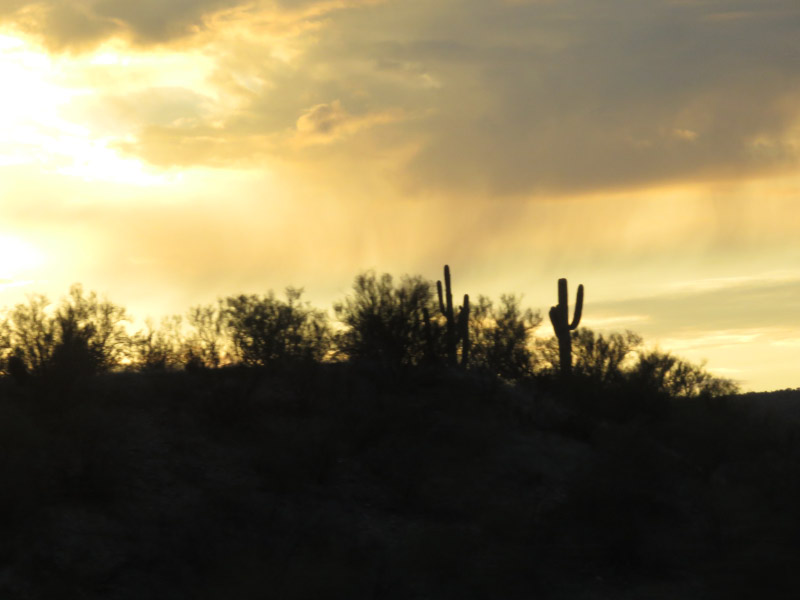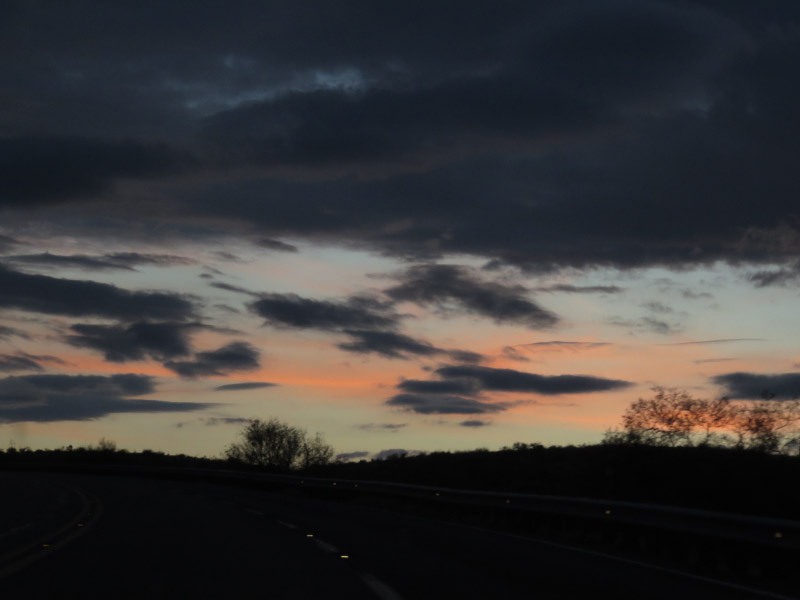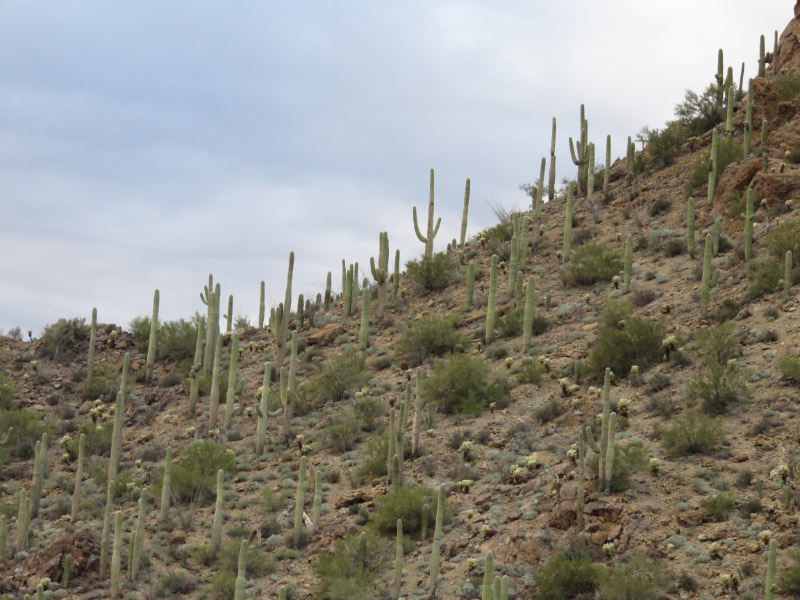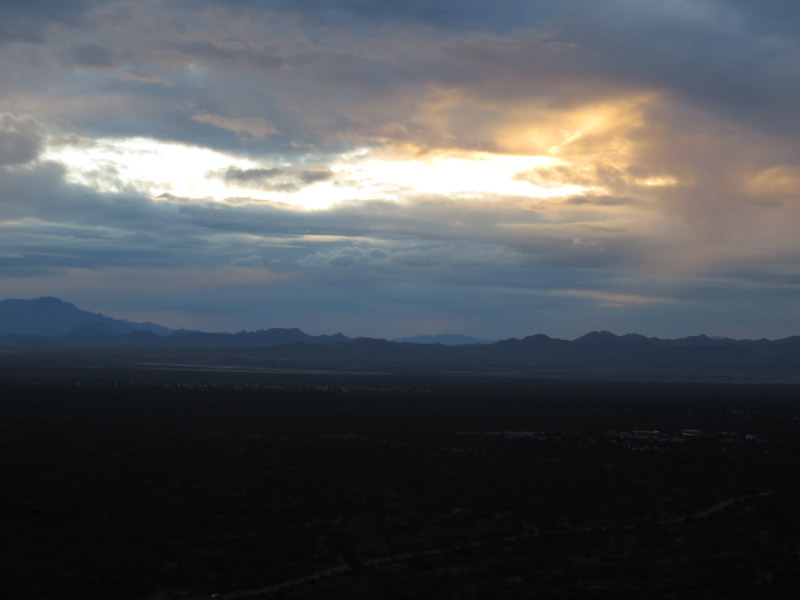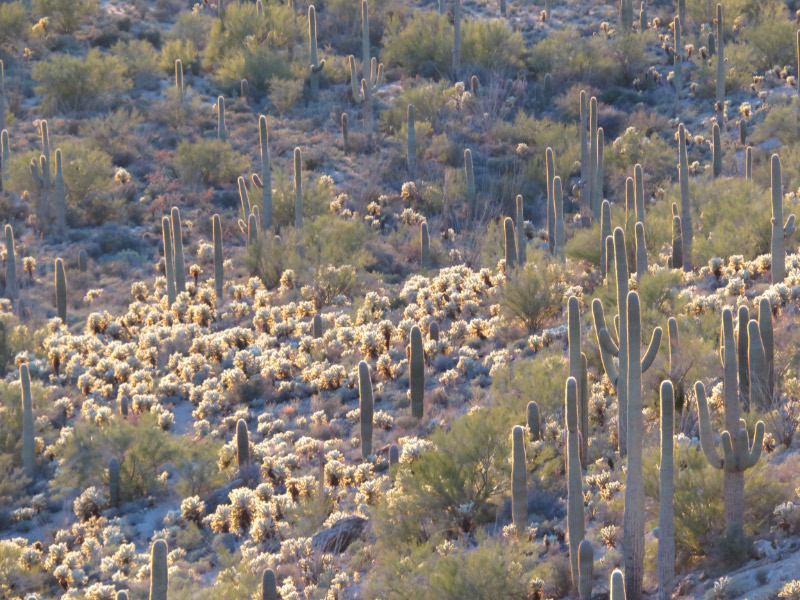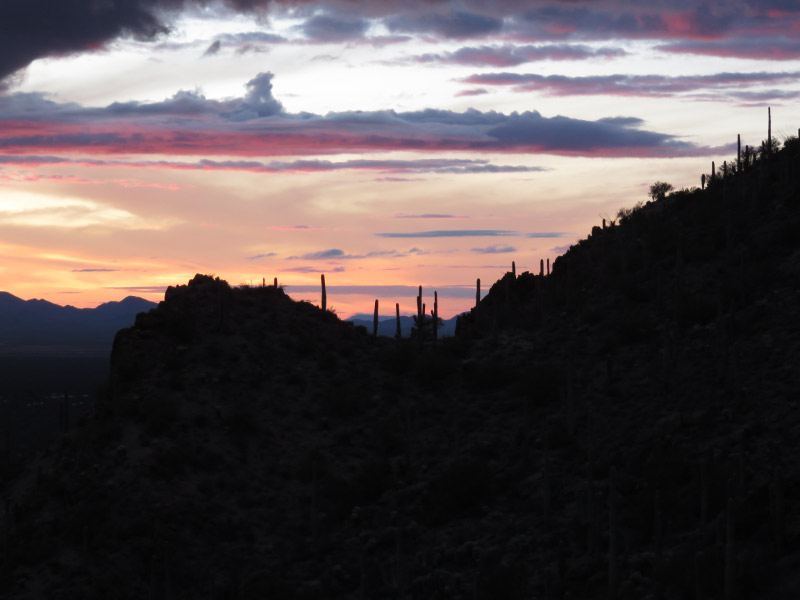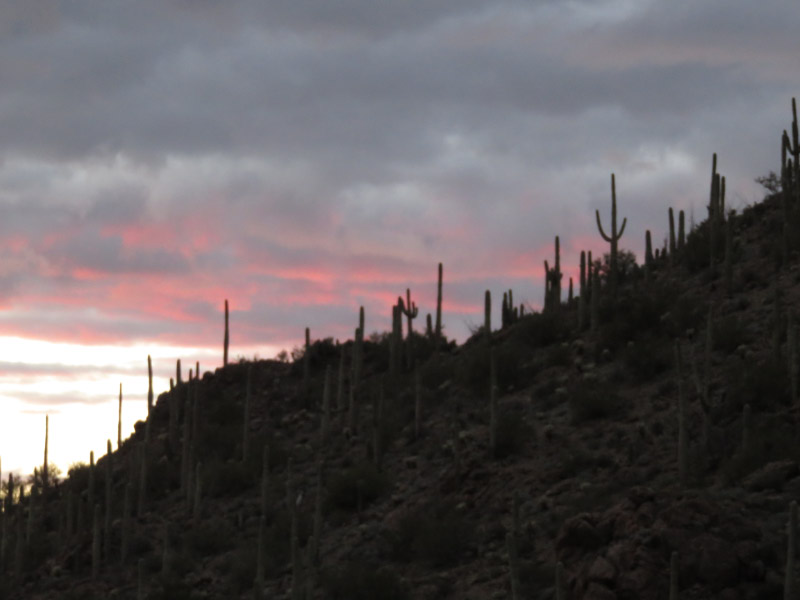Master Naturalist Training - Week 3
/This week was the third of eight days of training to become a Master Naturalist in Maryland. The forecast was for rain all day but it held off long enough for us to take two short hikes - one for each of the topics for the day: Botany and Mammals. We tromped through snow to look at buds, bark and dry plants. I managed to get some good close ups of bark. How many of these would you recognize: river birch (peeling bark), white birch (white with dark striations), dogwood (blocky bark…but the buds are easier for me to use for identification), and tulip poplar (complete with lichen growing beneath the furrows? Can you guess what the hairy vine is growing up this tulip poplar trunk?
The second hike was for mammals which was harder for several reasons: mammals are very good at hiding, it was wet (snow melt and sprinkles), the freeze thaw cycle had distorted the tracks even though we were able to recognize some deer tracks, and the one non-deer scat we found was dissolving in a puddle of melt water (although it did include hair so was from a carnivore). I managed to get snow over the top of my boots a couple of times; I took the boots off to let them dry out along with my socks while we finished up the class.
Now that I’ve had those two short hikes I am looking forward to the great thaw and run off….and a good round of picture taking of winter trees for shape and bark….may some buds before they pop open (or right after). I’m keen to create a tree tour of the Belmont location (where our class is held) as my project associated with the master naturalist training.
Like the previous sessions - the Wednesday class day dodged the hazardous weather. Yesterday was very snowy in Maryland!

